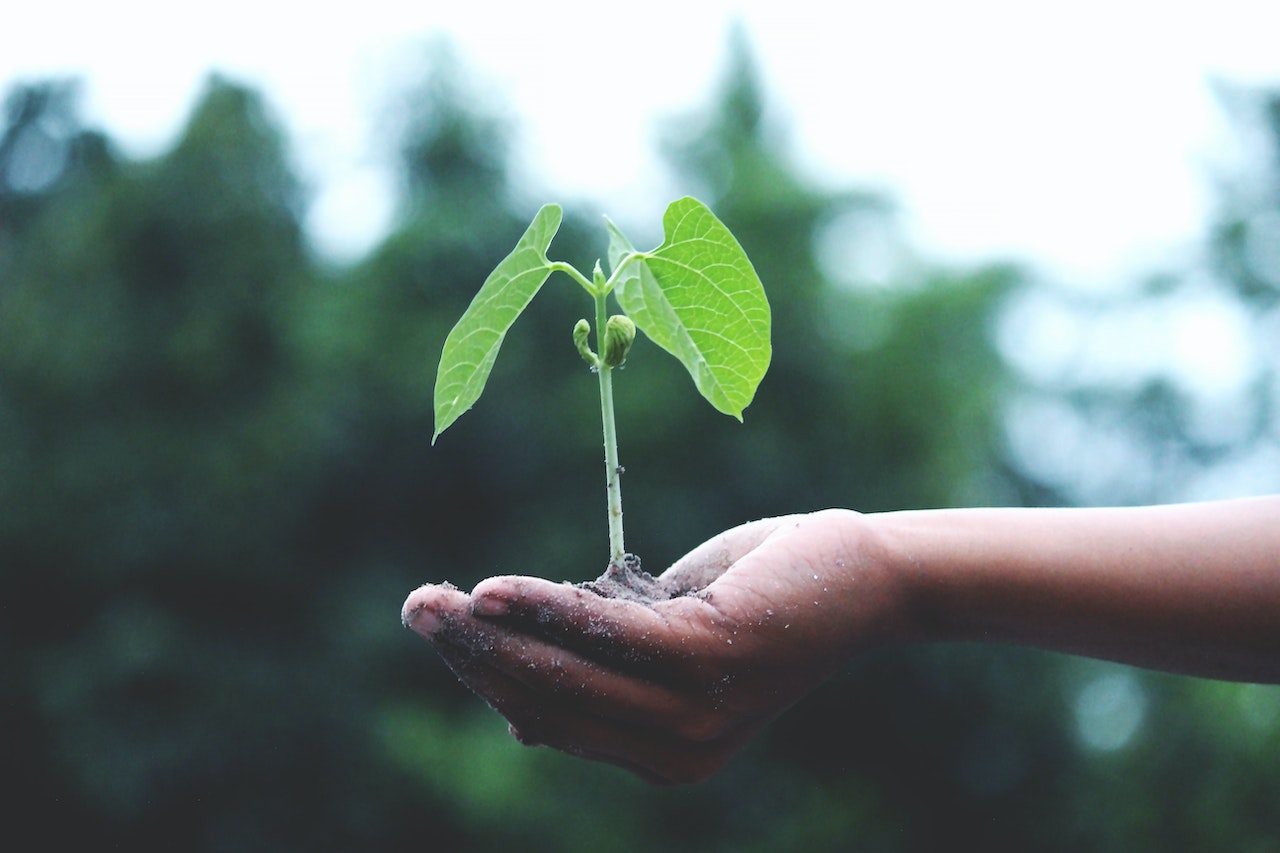This post was originally published on Sustainability Matters

A new government-funded initiative in South Australia is set to divert more than 14,000 tonnes of soft plastics from landfill in the state annually.
Supported by a $20 million investment in advanced recycling technology from the Australian Government, Recycling Plastics Australia in Kilburn will clean and purify soft plastics such as shopping bags, chip packets and food wrappers to create feedstock for new soft plastic packaging. The project is being delivered in partnership with the South Australian Government.
“The South Australian Government has been taking action to ban more and more unnecessary single-use plastic, with bans on all soft plastic shopping bags and single-use plastic including coffee cups from 1 September this year,” said the Deputy Premier of South Australia, Susan Close.
“I applaud the Commonwealth for this significant investment which acknowledges both the need for this service and the strength of South Australia’s existing resource recovery and recycling industry,” she continued.
“Scaling up equipment and personnel to tackle the challenge of soft plastic recycling is the first step in rebuilding the infrastructure we need for an effective supermarket ‘take back’ scheme.”
Providing 45 jobs, the Kilburn initiative is among the first projects to be announced under the federal government’s Recycling Modernisation Fund Plastics Technology stream.
This $60 million stream funds solutions that increase Australia’s recycling and recovery rates for hard-to-recycle plastics; enables collection schemes to be scaled up over time; and helps drive Australia’s transition to a safe circular economy.
The Recycling Modernisation Fund is a national initiative expanding Australia’s capacity to sort, process and remanufacture glass, plastic, tyres, paper and cardboard. When combined with co-investment from all states and industry, the fund is projected to give a $1 billion boost to Australian recycling.
“This funding is supporting new recycling infrastructure, helping to solve challenges with plastic waste and stop soft plastics from going to landfill, while also supporting jobs and industry,” said Minister for the Environment and Water Tanya Plibersek of the Kilburn project.
“It’s great to see state governments committed to getting soft plastics out of landfill and working with industry to see a circular economy for soft plastics in Australia.
“This benefits the environment and the economy. For every job in landfill, there are three jobs in recycling,” Plibersek said.
The Australian Government is taking further measures to drive soft plastics recycling. These include improving packaging design through new national packaging laws and increasing recycling capacity in Australia by more than a million tonnes every year.
The Kilburn project was announced during Plastic Free July — a campaign that appeals to Australians to reduce plastic pollution and waste.
For more information about the Recycling Modernisation Fund, visit the DCCEEW website.
Image credit: iStock.com/stellalevi





0 Comments